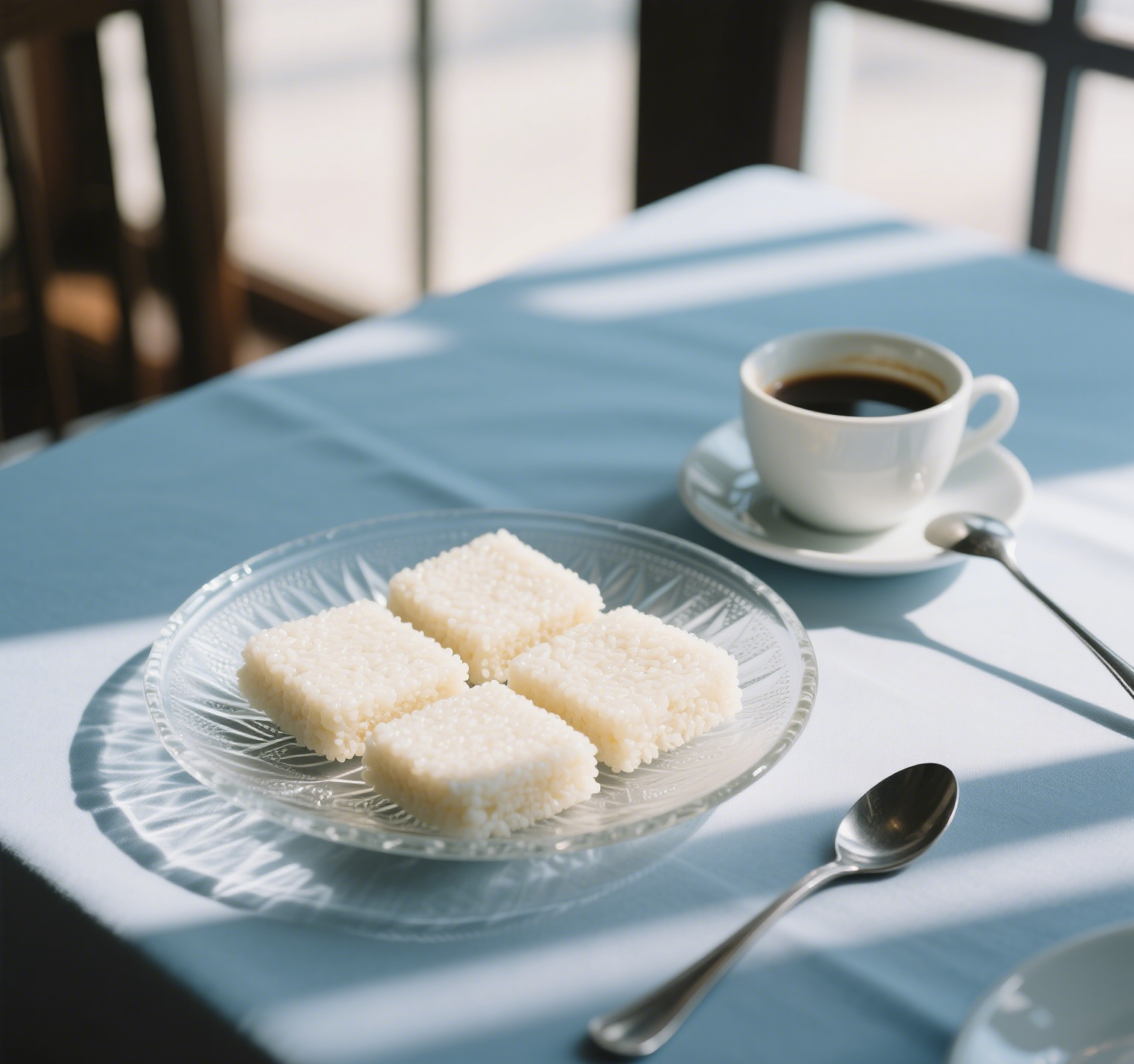Physical Address
304 North Cardinal St.
Dorchester Center, MA 02124
Physical Address
304 North Cardinal St.
Dorchester Center, MA 02124
Chinese rice cakes (nian gao 年糕) are the culinary equivalent of edible playdough – delightfully chewy, surprisingly versatile, and ridiculously fun to eat. These glutinous rice flour delights come in various shapes (cylinders, slices, even cute little ovals) and have been tantalizing taste buds for over 2,000 years.
Rice cakes have a unique QQ texture (that perfect balance between chewy and bouncy) that Western palates often find surprising. As chef Danny Wu jokes: “Eating rice cakes is like having a polite argument with your food – there’s some resistance, but eventually everyone wins.”
The most popular preparation involves:
Pro tip: Parboil rice cakes first to prevent sticking during stir-frying.
Rice cakes add heft to:
“Rice cakes in soup are like edible spoons – they carry flavor in every bite,” observes food blogger Lisa Lin.
Don’t overlook dessert applications:
Why limit these texture marvels to Asian cuisine? Try:
These aren’t just food – they’re edible symbolism:
As the Chinese saying goes: “Nian gao nian gao, nian nian gao” (rice cakes promise yearly advancement).
Start simple with this foolproof method:
Warning: You might develop what Koreans call “tteokbokki addiction” – an insatiable craving for chewy rice cakes!